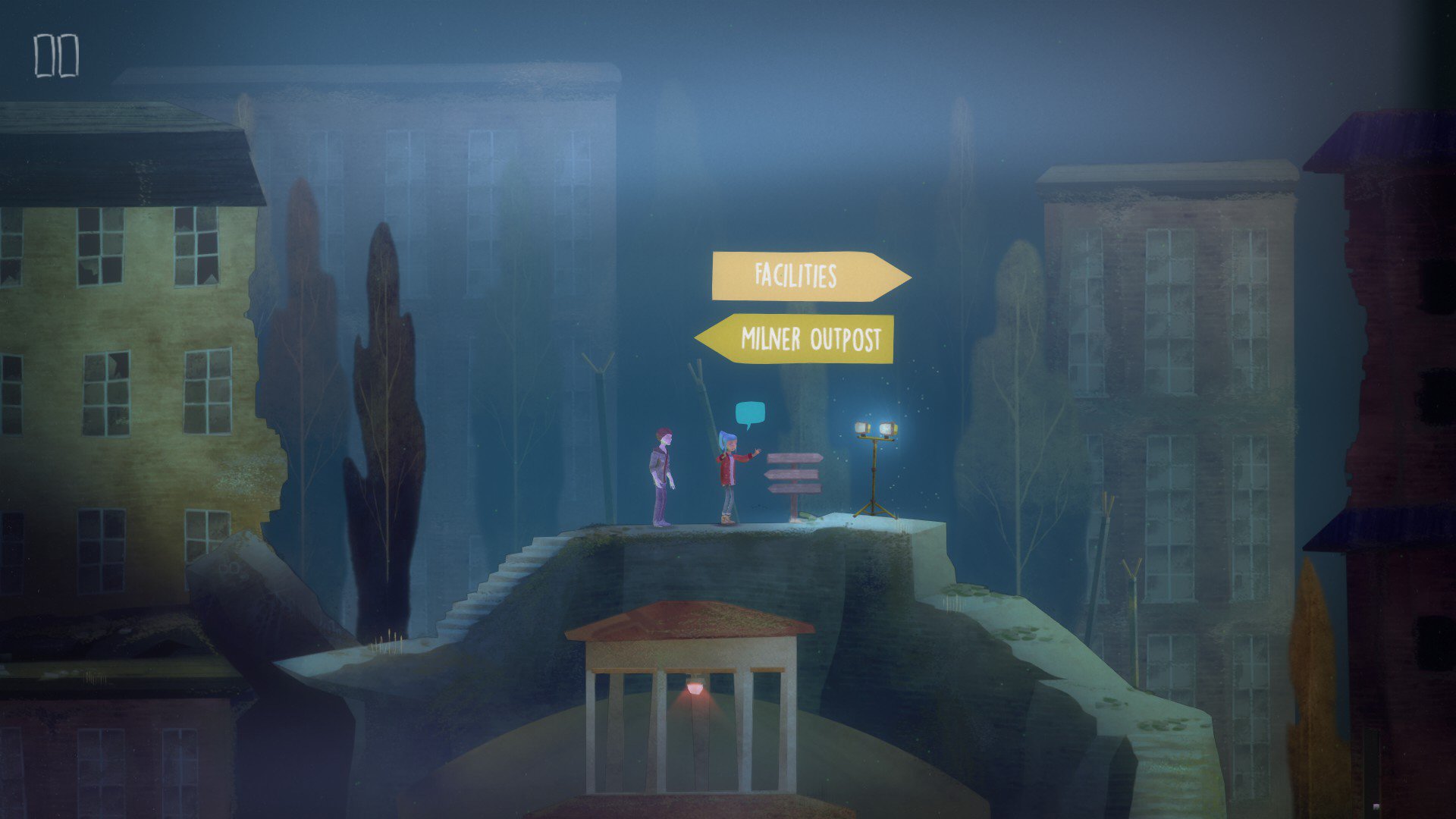

When working with games, it is very helpful to consider both the designer and player perspectives and try to deliver the best experience for the player. Due to the fact that this person is making the game, the designer will start from the mechanics and then go up to the dynamics aspect of the game. The player can also interact with the dynamics but never with the mechanics. The player starts his experience by seeing the aesthetic part of the game. If we take the player and the developer’s perspective in the MDA framework, we’ll end in this situation: It describes what the outcome is when the player presses a button or in general sends an input to the game.Īesthetics: The aesthetics describes the desirable emotional responses evoked in the player, when the player interacts with the game system. The mechanics are the rules and the interactions described with algorithms and data structures.ĭynamics: The dynamics is the part of the mechanics that player can actually see. Mechanics: The mechanics describes the “hidden” part of the game.

The player understands the rules, interacts with the system and starts to have fun.įrom the developer’s perspective this lead into 3 counterparts: The play phase from the perspective of the player can be broken into three simple phases: The player gets the game and starts to play it. One of the main concepts to understand is that the developer create games and players consumes the game. Mechanics Dynamics Aesthetics introduction Why the Mechanics Dynamics Aesthetics ? It is helpful to study the Mechanics Dynamics Aesthetics because we can break up our game into 3 core categories and work in each category until we have the perfect game. It is considered to be the bridge between the game development and the game design. Mechanics Dynamics Aesthetics (MDA): The MDA is a formal approach to better understand games.


 0 kommentar(er)
0 kommentar(er)
